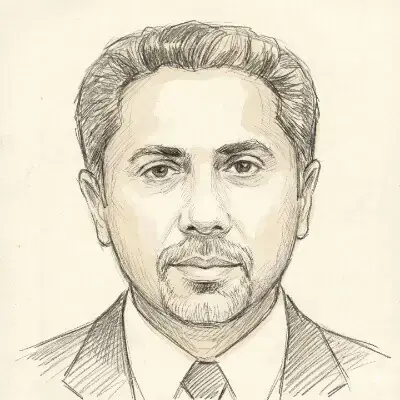KARACHI: Successive operations to clean up the riverine areas of criminals have failed to yield results for a variety of reasons, ranging from lack of modern equipment, weapons and other resources to difficult terrain on which bandits have set up their hideouts.
“Police face many challenges and issues in eliminating criminal gangs from the riverine areas for reasons such as limited access to some areas and inadequate equipment and resources for operating there,” says an internal police report.
The bandits’ hideouts were located on islands and deep inside dense forests along the river, which posed a serious challenge; no specialised ‘riverine force’ existed; police did not have ‘bulletproof boats’ and also lacked sophisticated weapons and equipment such as sniper rifles, which were available to bandits, said the report.
It pointed out that Indus river flowed through Kashmore, Shikarpur and Larkana districts and the riverine area was spread over 230 kilometres with an average width of 25 to 35 kms throughout the three districts. This riverine area had a difficult terrain which provided a safe haven to criminals.
Most criminals involved in heinous crimes like kidnapping for ransom and robbery used the area as their base from where they operated in the surrounding areas.
Criminals belonging to three tribes notorious
There were 12 tribes in Kashmore district’s riverine area out of whom many members of three tribes were stated to be notorious criminals. Moreover, there were seven tribes in the Shikarpur district’s riverine area out of whom several members of two tribes were most active in crimes, said the police report.
Rogue elements within the five tribes were involved in different crimes which included kidnapping for ransom, highway robberies, assault on police, abduction of girls, dacoities and murder etc.
‘No-go areas’
The report revealed that in the past, the area within the jurisdiction of the Katcho Ketti police station in Kashmore district and most of the area in Lakhi Ghulam Shah taluka in Shikarpur district had remained ‘no-go areas’ for many decades.
The criminals had occupied vast tracts of government land and in the past, police had made attempts to retrieve the land in coordination with other law-enforcement agencies but “unfortunately they could not succeed”, said the report.
Action against criminals
Police have made several attempts to clean up the riverine area of criminals and succeeded to destroy their safe havens in some cases but the report admitted that desirable success could not be achieved because of various reasons.
These reasons included topographical condition of the area, insufficient manpower, poor condition of equipment, weapons, APCs, boats, vehicles, fleets and lack of dedicated police force.
Police claimed that at present, the area of Shah Belo in Shikarpur district was relatively clear of outlaws where hideouts of criminals had been demolished. “There is no longer any no-go area,” it said.
One DSP, CIA in-charge, five SHOs and 120 personnel participate in operation in the Shikarpur district riverine area on a daily basis in which there APCs and one boat hired permanently for transportation are used. The police report also cited arrest of certain criminals and killings of a few others in encounters.
However, it said that there were several areas in Kashmore, Jacobabad, Kandhkot, Sukkur, Ghotki, Pannu Aqil, Daharki and Shikarpur riverine belt spread over several kilometres which remained “inaccessible throughout the year and required boats for moving between islands”.
There are in all 17 hideouts of criminals in Kashmore, Shikarpur, Sukkur, Khairpur, Jacobabad and Kandhkot where major gangs of criminals are based and for whose arrest, the provincial government has announced up to Rs3 million bounty.
Main hurdles
Police believe the main hurdle in eliminating criminals in the riverine areas is the topography as three sides of Shah Belo are surrounded by water. Another hurdle is thick forests stretched over 10 kilometres and use of boats by criminals to run away. Whenever an operation is launched in these areas, police face stiff resistance from dacoits who are armed with 12.7mm anti-aircraft guns and open firing either from thick bushes or islands. Besides, these gangs support each other and get help from other gangs when the operation is launched, according to the report.
It urged the authorities concerned to pay special attention to these areas where police had been fighting criminals throughout the year.
Published in Dawn, September 21st, 2020



































